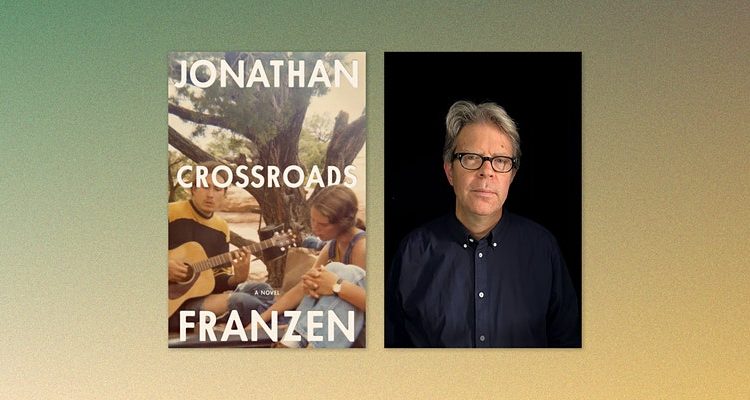Peter Wohlleben’s “The Hidden Life of Trees” was not only an engaging and enjoyable book, but it also made for a fabulous documentary on the big screen. The documentary followed Wohlleben as he shared videos of himself working as a forest manager in Germany, educating groups on forests, and engaging with foresters. The documentary also featured beautiful footage of the forests Wohlleben visited from canopy to soil as well as striking imagery of the impacts of poor forest management.
Part of what made “The Hidden Life of Trees” so engaging as a book was Wohlleben’s dry sense of humor, which translated fantastically to the screen. The movie was partly in German with subtitles and partly in English. Wohlleben resides and manages a forest in Germany, so a large section of the movie was in German. However, the subtitles were masterfully done, conveying not only the information but also Wohlleben’s idiomatic sense of humor across languages (the book was also originally written in German with an excellent translation).
The film is divided into several chapters loosely following the structure of the book. The documentary is engaging from start to finish and well-edited. It avoids excessive overdubbed narration and lets the images and footage of the presentations and travels speak for themselves. The educational material comes in large part from footage of Wohlleben presenting seminars not solely for filming. This improves the flow of the movie and avoids the documentarial pitfall of overdubbed droning that can make nature documentaries a bit too relaxing and sleep-inducing.
The cinematography overall was excellent, providing a diverse perspective of views. Despite this being a film about forests, the filmmakers avoided the trap of having too many sweeping aerial views at the cost of ground-level footage. The movie includes many close-ups of what happens on the forest floor and the diversity of life within a forest beyond just the central feature of trees. The use of time lapses also enhances the key point that forests are alive, living, moving things—something that can be easily lost in the lack of change in short-term videos. However, at times it felt like the cinematographer had a bit of an obsession with a macro lens and there was a shot of a decaying animal that felt a bit gratuitous and unnecessary with where it was placed in the film (although it likely would have felt gratuitous no matter where it was placed).
Overall, the film was delightful to watch whether you’ve read the book or not. Expect to come away with new knowledge about and respect for forests! “The Hidden Life of Trees” is still in a theatrical release and has not yet been released on streaming services, but watch out for it coming to a theater or streaming service near you soon!






